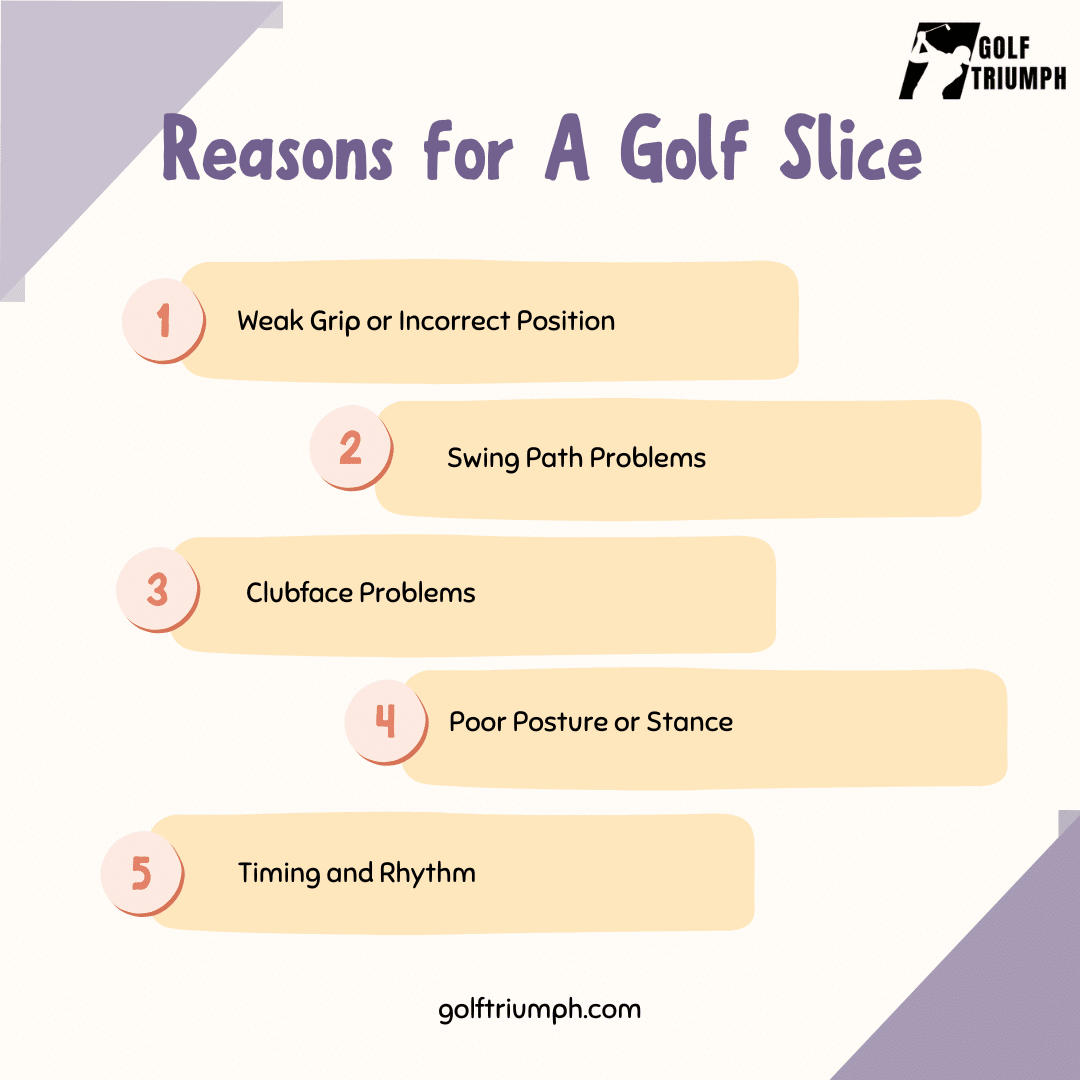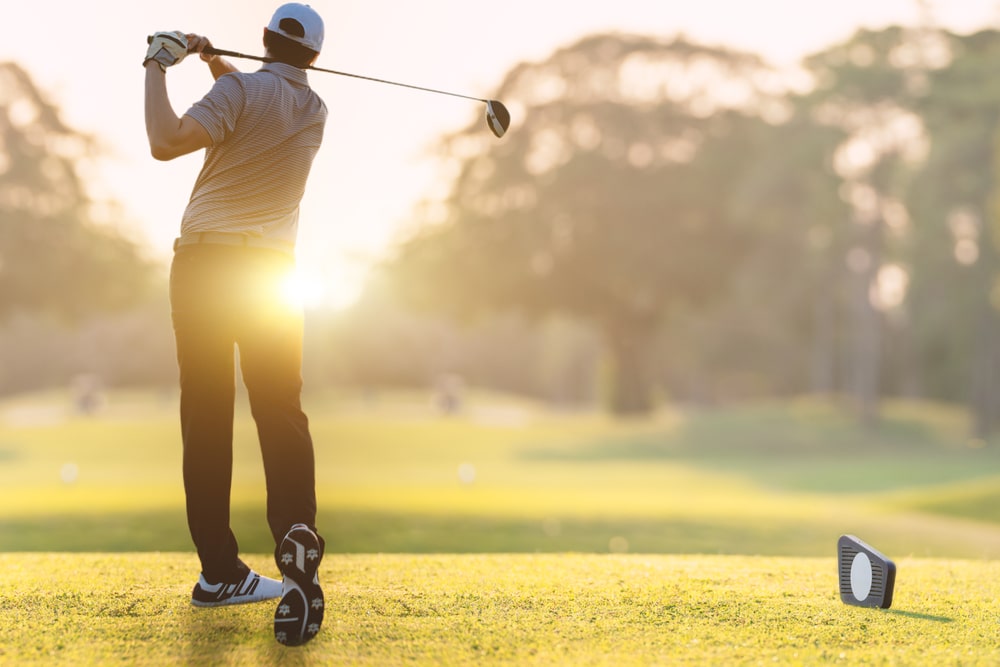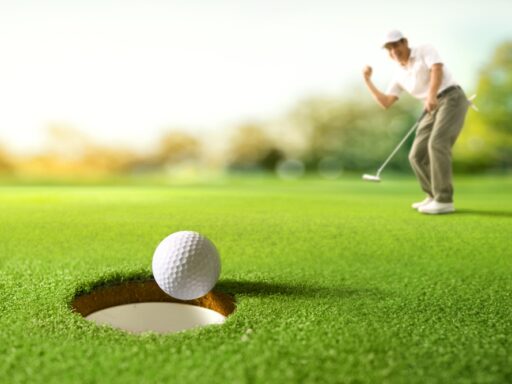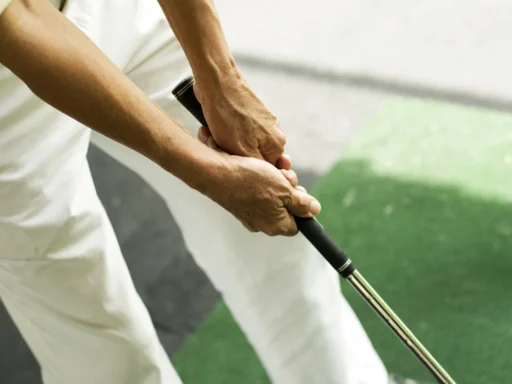
Why does everyone keep emphasizing that golf is all about precision and strategy? Just one bad hit, and you are now dealing with a slice ball. Basically, it can happen to anyone, whether you are an amateur or a skilled golfer; a sliced ball is such a turn-off that it makes you throw in the towel. Even though you have learned golf with precision and practice, your ball can sail to the left or right instead of rolling toward the pin. As annoying as it is, you can overcome it by following some tips. There are several reasons to golf slice, and once you know yours, you are surely going to fix this problem. In this article guide, we have covered some of the tips that might be beneficial for you in the long run.
Understanding Golf Slice

Before going into any of the details, we should understand what is a slide in the golf game. For right-handed golfers, a slice in golf is a stroke where the ball curves dramatically from left of the target to right, or for left-handed players, from right to left. For many golfers, it is a typical and annoying problem as this unintentional curvature frequently leads to lost distance and accuracy. Incorrect posture, grip, and other technical faults can make the slice worse. It is usually the result of a blend of swing path mechanics and club face alignment. The first step to fixing a slice and raising your game overall is figuring out its basic causes and reasons.
Reasons for a Golf Slice

If you are wondering how to fix a golf slice, the first step here is to understand what causes a slice in golf. In golf, a slice can be caused by various possibilities. The principal causes are as follows:
7 Golf Slice Relief Techniques

This section is all about answering your query about how to fix a golf slice.
In this article, you can also check out some drills to improve your game.
Conclusion
Summing up, the article covered details on slicing in golf, a phenomenon leading to slicing the ball to the left or right. Once you know the reasons behind the golf slice, you can easily get rid of it by consistent practice and following our tips. So, read our article guide to become a pro in this strategic game.






